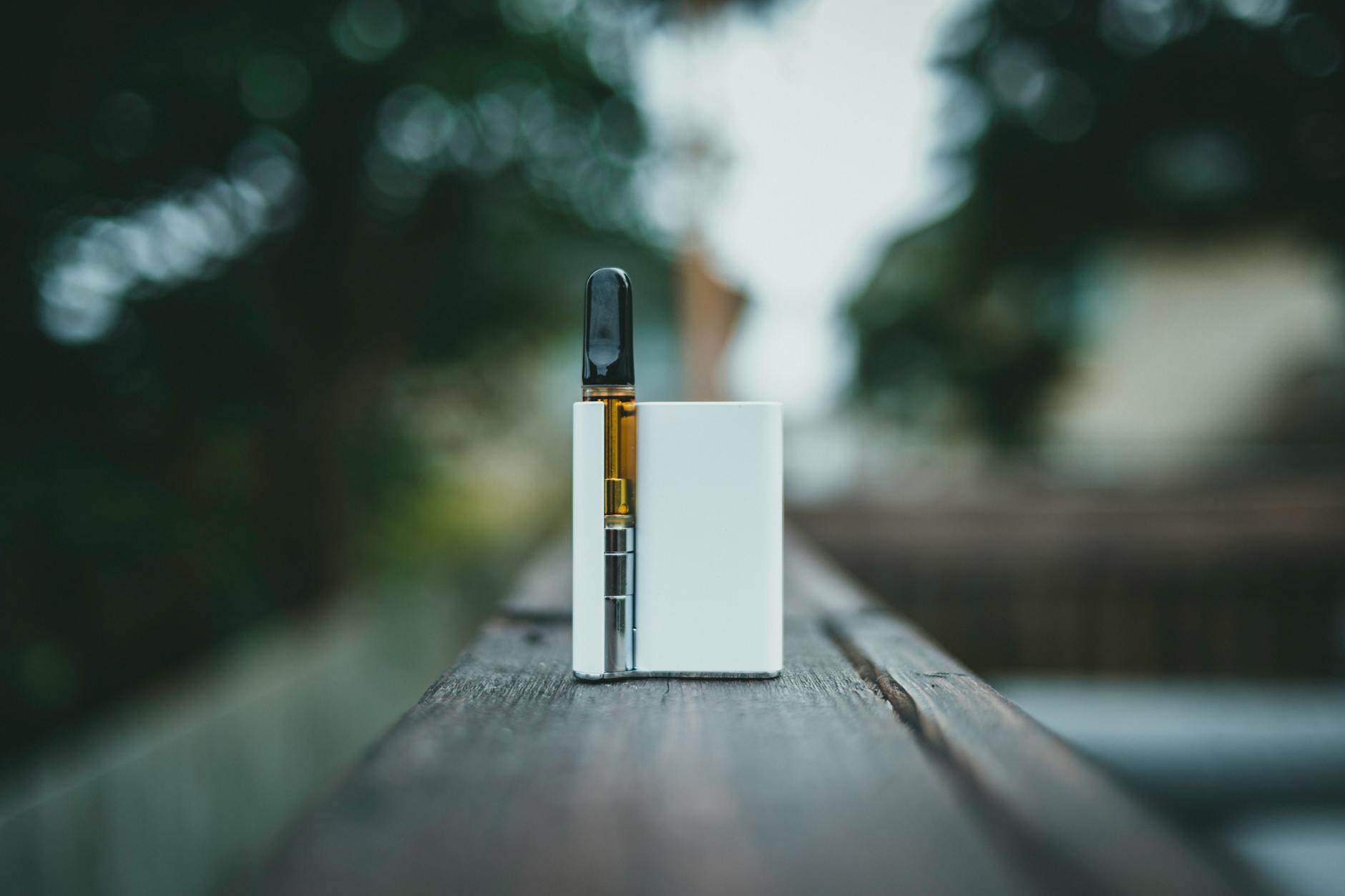How to Quit Smoking Gradually: Nicotine Replacement Therapy Tips
Are you tired of being chained to cigarettes? 🚬 Quitting smoking can feel like an uphill battle, but there’s a powerful ally in your corner: Nicotine Replacement Therapy (NRT). This scientifically-proven method has helped millions break free from tobacco’s grip, and it could be your ticket to a healthier, smoke-free life.
Imagine waking up each day without that urgent craving for a cigarette. Picture yourself breathing easier, tasting food more vividly, and saving money that once went up in smoke. NRT can help make this vision a reality, offering a gradual, controlled approach to quitting that minimizes withdrawal symptoms and maximizes your chances of success.
In this guide, we’ll walk you through the ins and outs of Nicotine Replacement Therapy, from understanding how it works to creating a personalized quitting plan. We’ll explore effective implementation strategies, tackle common challenges, and show you how to transition smoothly into a smoke-free lifestyle. Ready to take the first step towards freedom from cigarettes? Let’s dive in! 🏊♂️
Nicotine Replacement Therapy (NRT): A Complete Guide
Types of NRT products available
When embarking on your journey to quit smoking, it’s essential to understand the various Nicotine Replacement Therapy (NRT) products at your disposal. These products come in different forms, each catering to specific needs and preferences:
- Nicotine patches
- Nicotine gum
- Nicotine lozenges
- Nicotine nasal spray
- Nicotine inhalers
| Product | Duration of Effect | Usage |
|---|---|---|
| Patches | 16-24 hours | Apply once daily |
| Gum | 30-60 minutes | Chew as needed |
| Lozenges | 20-30 minutes | Dissolve in mouth |
| Nasal spray | 30-60 minutes | Use as needed |
| Inhalers | 20-30 minutes | Puff as needed |
How NRT works to reduce cravings
NRT products work by delivering controlled amounts of nicotine to your body without the harmful chemicals found in cigarette smoke. This approach helps manage withdrawal symptoms and cravings, making the quitting process more manageable.
Benefits of using NRT for gradual quitting
Utilizing NRT for gradual smoking cessation offers several advantages:
- Reduced withdrawal symptoms
- Increased success rates compared to quitting cold turkey
- Flexibility in nicotine dosage and delivery method
- Lower exposure to harmful chemicals found in cigarettes
- Ability to maintain focus and concentration during the quitting process
By understanding these NRT options and their benefits, you can make an informed decision about which method might work best for your gradual quitting journey. Next, we’ll explore how to create a personalized quitting plan tailored to your specific needs and lifestyle.
Creating a Personalized Quitting Plan
Assessing your current smoking habits
Before embarking on your journey to quit smoking, it’s crucial to understand your current habits. Start by tracking your daily cigarette consumption and identifying smoking triggers. Use this simple table to record your habits:
| Time | Cigarettes | Trigger |
|---|---|---|
| 8 AM | 1 | Coffee |
| 12 PM | 2 | Stress |
| 6 PM | 1 | Driving |
Setting realistic goals and timelines
Set achievable milestones to increase your chances of success. Consider these steps:
- Reduce cigarettes gradually (e.g., 25% fewer each week)
- Set a target quit date within 1-3 months
- Plan rewards for reaching milestones
Choosing the right NRT method for you
Select an NRT option that suits your lifestyle and preferences:
- Nicotine patches for consistent, all-day relief
- Gum or lozenges for quick cravings
- Inhalers for hand-to-mouth habit simulation
- Nasal sprays for rapid nicotine delivery
Combining NRT with behavioral strategies
Enhance your quitting plan by incorporating behavioral techniques:
- Practice stress-management techniques (e.g., deep breathing, meditation)
- Find healthy alternatives to smoking (e.g., exercise, hobbies)
- Seek support from friends, family, or support groups
- Use mobile apps to track progress and stay motivated
Now that you’ve created a personalized quitting plan, let’s explore how to implement NRT effectively to maximize your chances of success.
Implementing NRT Effectively
Proper dosage and usage guidelines
To implement Nicotine Replacement Therapy (NRT) effectively, it’s crucial to follow proper dosage and usage guidelines. Here’s a table summarizing the recommended dosages for common NRT products:
| NRT Product | Initial Dosage | Duration of Use |
|---|---|---|
| Nicotine Patch | 21mg/day (>10 cigs/day) | 6-8 weeks |
| Nicotine Gum | 2-4mg per piece, 9-12 pieces/day | 12 weeks |
| Nicotine Lozenge | 2-4mg per lozenge, 9-20 lozenges/day | 12 weeks |
| Nicotine Inhaler | 6-16 cartridges/day | 12 weeks |
| Nicotine Nasal Spray | 1-2 doses/hour, 8-40 doses/day | 3-6 months |
Always consult your healthcare provider for personalized recommendations.
Gradually reducing nicotine intake
Once you’ve established a consistent NRT routine, focus on gradually reducing your nicotine intake. This process typically involves:
- Decreasing the dosage of your NRT product
- Extending the time between doses
- Combining lower-dose products
- Gradually transitioning to nicotine-free alternatives
Managing side effects
Common NRT side effects include:
- Skin irritation (patches)
- Mouth or throat soreness (gum, lozenges)
- Nasal irritation (sprays)
- Hiccups or indigestion
To manage these effects:
- Rotate patch application sites
- Use proper chewing technique for gum
- Stay hydrated
- Adjust dosage if necessary (consult your doctor)
Avoiding common mistakes
To maximize NRT effectiveness, avoid these common pitfalls:
- Underestimating nicotine dependence
- Stopping NRT too soon
- Combining NRT with smoking
- Neglecting behavioral support
Now that we’ve covered effective NRT implementation, let’s explore how to overcome challenges that may arise during your quitting journey.
Overcoming Challenges with NRT
Dealing with breakthrough cravings
Even with NRT, breakthrough cravings can occur. To manage these intense urges:
- Use rapid-acting NRT products like nicotine gum or lozenges
- Practice deep breathing exercises
- Engage in a brief physical activity
- Distract yourself with a hobby or task
Remember, cravings typically last only 3-5 minutes. Stay strong and they will pass.
Handling stress and triggers
Stress and triggers can challenge your quit journey. Here’s how to cope:
- Identify your triggers (e.g., coffee, alcohol, social situations)
- Develop alternative coping strategies
- Practice stress-reduction techniques like meditation or yoga
- Temporarily avoid high-risk situations until you feel more confident
| Trigger | Alternative Strategy |
|---|---|
| Morning coffee | Switch to tea or decaf |
| After meals | Take a short walk |
| Social gatherings | Bring NRT products and non-alcoholic drinks |
Staying motivated during setbacks
Setbacks are normal and don’t mean failure. To stay motivated:
- Reflect on your reasons for quitting
- Celebrate small victories and milestones
- Track your progress and savings
- Visualize your smoke-free future
Seeking support from friends and family
A strong support system can significantly increase your chances of success:
- Communicate your quit plan to loved ones
- Ask for specific types of support (e.g., encouragement, smoke-free environments)
- Join a support group or online community
- Consider professional counseling for additional guidance
Remember, overcoming challenges is part of the quitting process. With NRT and these strategies, you’re well-equipped to handle obstacles and continue your journey to a smoke-free life.
Transitioning to a Smoke-Free Life

Tapering off NRT products
As you approach the final stages of your smoking cessation journey, it’s time to gradually reduce your reliance on NRT products. This process should be done carefully to avoid triggering cravings or withdrawal symptoms. Here’s a suggested tapering schedule:
| Week | NRT Usage |
|---|---|
| 1-2 | 100% of current dosage |
| 3-4 | 75% of current dosage |
| 5-6 | 50% of current dosage |
| 7-8 | 25% of current dosage |
| 9+ | Stop NRT use |
Developing healthy coping mechanisms
To maintain your smoke-free status, it’s crucial to replace smoking with healthier habits. Consider these alternatives:
- Deep breathing exercises
- Regular physical activity
- Mindfulness meditation
- Engaging in a new hobby
Celebrating milestones and progress
Acknowledging your achievements is vital for motivation. Some key milestones to celebrate include:
- One week smoke-free
- One month smoke-free
- Three months smoke-free
- Six months smoke-free
- One year smoke-free
Maintaining long-term success
Long-term success requires ongoing commitment. Stay vigilant by:
- Avoiding triggers
- Maintaining a support network
- Practicing stress management techniques
- Reminding yourself of the health benefits you’ve gained
Remember, setbacks can happen. If you slip, don’t be discouraged. Learn from the experience and recommit to your smoke-free goal. With perseverance and the right strategies, you can successfully transition to a smoke-free life and enjoy the numerous health benefits that come with it.

Quitting smoking is a journey, and Nicotine Replacement Therapy (NRT) can be a valuable tool to help you along the way. By understanding NRT options, creating a personalized plan, and implementing it effectively, you can gradually reduce your nicotine dependency while managing cravings and withdrawal symptoms. Remember to be patient with yourself and stay committed to overcoming challenges as they arise.
As you transition to a smoke-free life, celebrate each milestone and remember the positive impact you’re making on your health and well-being. With determination and the right support, including NRT, you can successfully quit smoking and embrace a healthier future. Take the first step today and start your journey towards a smoke-free life.







